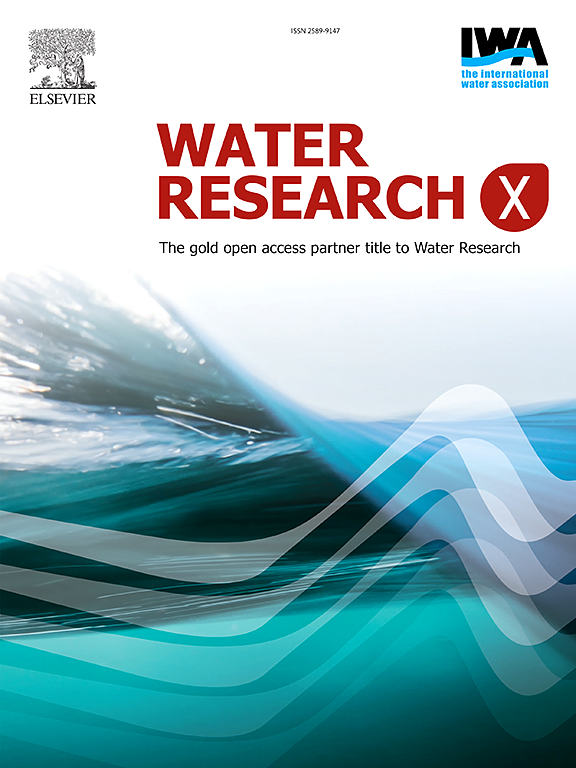An enzymatic mechanism on sediment N and P release in arid-region lakes under various saline conditions
IF 8.2
2区 环境科学与生态学
Q1 ENGINEERING, ENVIRONMENTAL
引用次数: 0
Abstract
Arid-region lakes are facing complex water management challenges due to interactive effects of nutrient pollution and salinity variations. However, the effects of salinity gradients on sediment extracellular enzyme activities and nutrient release dynamics remain unclear. This study investigated sediment alkaline phosphatase (APA) and urease (UA) activities, along with soluble reactive phosphorus (SRP) and ammonium fluxes at the sediment-water interface, across three lakes spanning freshwater to brackish conditions in the arid region of Central Asia. Results showed that sediment APA was significantly inhibited by combined effects of high salinity and SRP concentrations. Conversely, sediment UA demonstrated negligible sensitivity to salinity variations, being primarily regulated by sediment organic matter content. Nutrient release from sediments in freshwater lake (Lake Bosten) were significantly higher than in brackish lakes (Lake Sayram and Lake Ulungur). While the involvement of other environmental factors cannot be ruled out, our findings suggest that high salinity may limit sediment nutrient release, potentially through inhibiting enzyme activity or affecting ion exchange. Consequently, the ongoing climatic wetting trend in arid Xinjiang could potentially lead to a reduction in lake salinity, which might consequently promote the release of nutrients from sediments. Hence, heightened vigilance against the potential adverse environmental impacts on these lakes is warranted.
不同盐分条件下干旱区湖泊沉积物氮磷释放的酶机制
由于营养物污染和盐度变化的相互作用,干旱地区的湖泊正面临着复杂的水管理挑战。然而,盐度梯度对沉积物胞外酶活性和养分释放动力学的影响尚不清楚。本研究研究了中亚干旱区3个淡水湖-半咸水湖沉积物碱性磷酸酶(APA)和脲酶(UA)活性,以及可溶性活性磷(SRP)和铵的通量。结果表明,高盐度和高SRP浓度的联合作用显著抑制了沉积物APA。相反,沉积物UA对盐度变化的敏感性可以忽略不计,主要受沉积物有机质含量的调节。淡水湖泊(博斯腾湖)沉积物中养分释放量显著高于咸淡湖泊(塞拉姆湖和乌伦古尔湖)。虽然不能排除其他环境因素的参与,但我们的研究结果表明,高盐度可能通过抑制酶活性或影响离子交换来限制沉积物养分释放。因此,新疆干旱地区持续的气候湿润趋势可能导致湖泊盐度降低,从而可能促进沉积物中营养物质的释放。因此,有必要对这些湖泊可能产生的不利环境影响提高警惕。
本文章由计算机程序翻译,如有差异,请以英文原文为准。
求助全文
约1分钟内获得全文
求助全文
来源期刊

Water Research X
Environmental Science-Water Science and Technology
CiteScore
12.30
自引率
1.30%
发文量
19
期刊介绍:
Water Research X is a sister journal of Water Research, which follows a Gold Open Access model. It focuses on publishing concise, letter-style research papers, visionary perspectives and editorials, as well as mini-reviews on emerging topics. The Journal invites contributions from researchers worldwide on various aspects of the science and technology related to the human impact on the water cycle, water quality, and its global management.
 求助内容:
求助内容: 应助结果提醒方式:
应助结果提醒方式:


